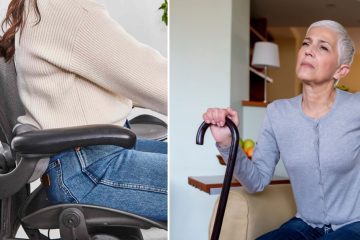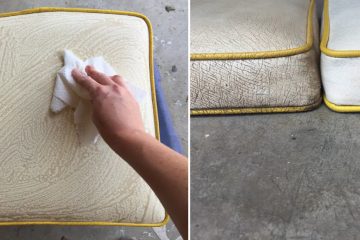Sitting for long hours in a traditional chair can lead to bad posture, discomfort, and even chronic pain. To address these issues, kneeling chairs have emerged as an alternative to the conventional office chair. Kneeling chairs are designed to promote better sitting habits, engage your core muscles, and reduce the strain on your back. This blog post will provide a step-by-step guide on how to sit in a kneeling chair for maximum comfort and health benefits.
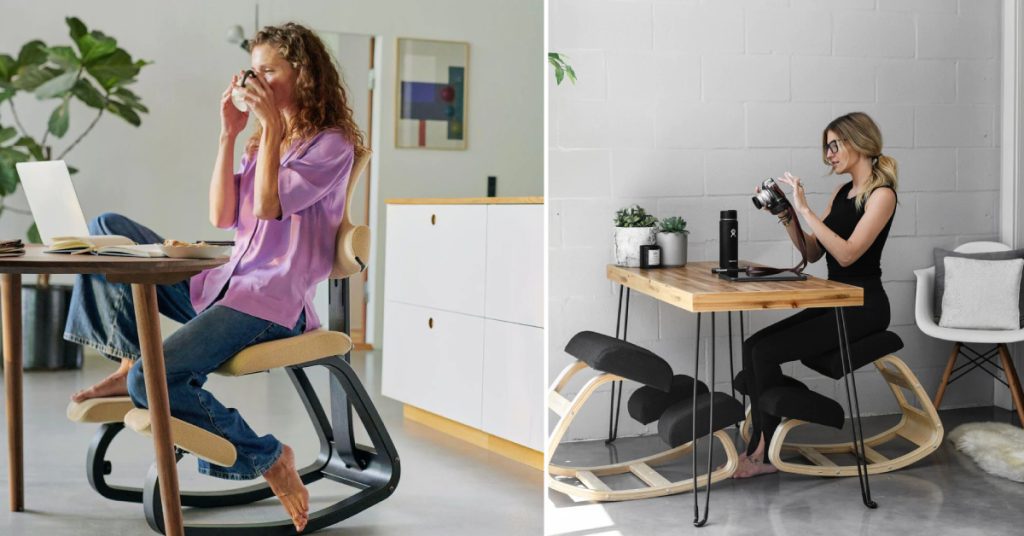
Quick Solutions
To sit in a kneeling chair, start by sitting on it like you would a normal chair and then move into a kneeling position and place your legs on the pads. Make sure your weight is primarily on your bottom and both of your knees are placed similarly to avoid putting more strain on one knee over the other. The knee pads help in the absorption of most of the weight from the lower part of your body. Balancing your torso and your hips is important, and you should make sure your feet are comfortably placed flat on the ground.
8 Effective Steps for How to Sit in a Kneeling Chair
A kneeling chair is designed to promote better posture and alleviate lower back pain by encouraging an ergonomic sitting position. Here’s how to sit in a kneeling chair correctly:
1. Adjust the Height
Before sitting down, make sure the kneeling chair is adjusted to the correct height. Your hips should be slightly higher than your knees when sitting, and your feet should be flat on the ground. Most kneeling chairs have an adjustable height feature, so find the right setting for you.
2. Position Yourself
Stand in front of the chair, with your back facing the seat. Place one foot on the ground, and the other on the knee pad. Use your hands to support yourself on the seat as you lower yourself into the chair.
3. Sit on the Seat
Gently lower your buttocks onto the seat, while simultaneously shifting your weight onto the knee pad with the leg you placed on it earlier. Make sure your hips are slightly higher than your knees.
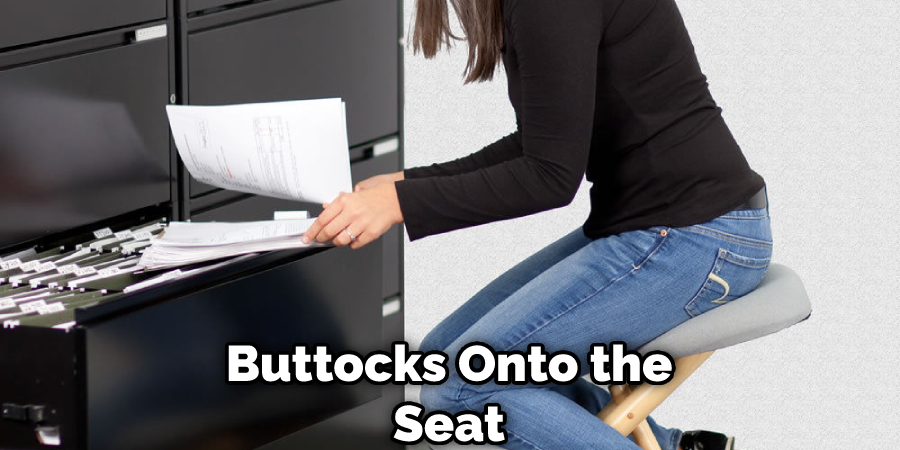
4. Place Your Other Knee on the Knee Pad
Once you are comfortably seated, place your other knee on the second knee pad. Your knees should be resting comfortably on the pads, with a slight bend at the hip. Your weight should be distributed between your buttocks and your knees.
5. Align Your Spine
Sit up straight, allowing your spine to follow its natural curve. Engage your core muscles to maintain this position. Your shoulders should be relaxed and down, and your neck should be in a neutral position. Your eyes should be level with the top of your computer monitor or whatever you’re working on.
6. Position Your Feet
Your feet should be flat on the ground, positioned slightly behind your knees. This helps to provide additional support and stability while you’re seated.
7. Adjust Your Workstation
Make sure your workstation is set up ergonomically. Your monitor should be at eye level, your keyboard and mouse should be within easy reach, and your elbows should be bent at a 90-degree angle when typing.
8. Take Breaks
Even with a kneeling chair, it’s essential to take breaks and stand up or walk around every 30 minutes to an hour. This helps to promote healthy circulation and prevent muscle stiffness.
Remember that it might take some time to get used to sitting in a kneeling chair, especially if you’re transitioning from a traditional chair. Listen to your body and adjust your position as needed to maintain comfort.
You Can Check It Out to Sit in a Chair After Back Surgery.

6 Maintaining Tips for Your Kneeling Chair
Regular maintenance is important to ensure the longevity and effectiveness of your kneeling chair.
- One important step is to regularly clean the chair with mild soap and water or an appropriate disinfectant spray. Or, Clean the chair regularly using a damp cloth and mild detergent.
- Regularly check the screws and bolts to ensure that they are tight and secure.
- Inspect the knee pads for wear and tear, and replace them if necessary.
- Additionally, you should check the screws and bolts periodically to ensure they are tightened.
- Lubricate any moving parts, such as the rocking mechanism or height adjustment system, as needed.
- Finally, make sure that the knee pads and cushions are in good condition and replace them if they are worn out.
You Can Check It Out to Sit on Emsella Chair.
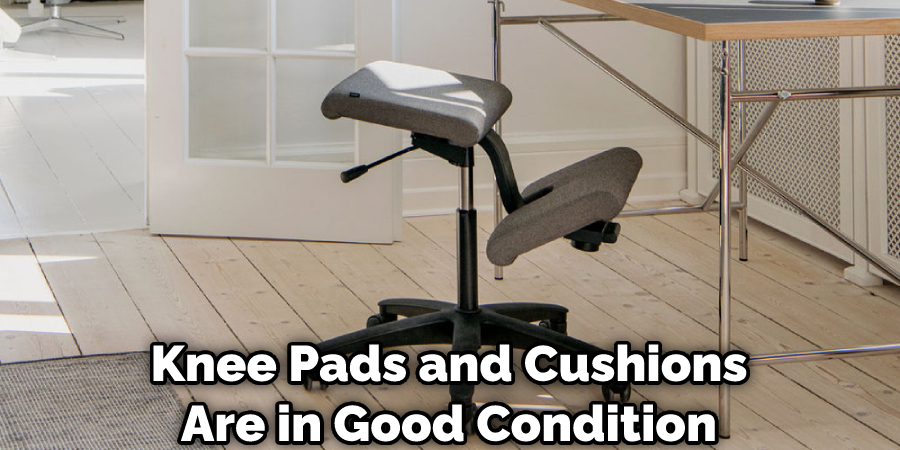
FAQs About How to Sit in a Kneeling Chair
What is the Correct Angle for a Kneeling Chair?
The correct angle for a kneeling chair is between 25 and 30 degrees. A good kneeling chair should have a slope of at least 25 degrees but no more than 30 degrees.
Is It Good to Sit in a Kneeling Position?
Sitting in a kneeling position can have some benefits, such as reducing pressure on the lower back and improving posture. However, it is important to note that prolonged kneeling can cause discomfort and may not be suitable for everyone. It is recommended to take breaks and switch positions frequently to avoid discomfort or injury.
Is Kneeling Chair Good for Back Pain?
Yes, a kneeling chair can be good for back pain as it can help to reduce pressure on the lower back and improve posture. The design of a kneeling chair can help to engage the core muscles and reduce pressure on the back, making it a good option for those who suffer from back pain. However, it is important to note that kneeling chairs may not be suitable for everyone, and it is always recommended to consult with a healthcare professional before using one if you have any concerns.
Conclusion
Kneeling chairs offer a unique and ergonomic alternative to the traditional office chair. By distributing the bulk of your weight between your knees and buttocks and engaging your core muscles, kneeling chairs can help to improve your posture and reduce the strain on your spine. With various types available, such as balancing kneeling chairs and rocking kneeling chairs, you can find the perfect chair to suit your needs. Don’t forget to take regular breaks, adjust the height of your chair, and maintain your kneeling chair to ensure a comfortable and healthy sitting experience.

